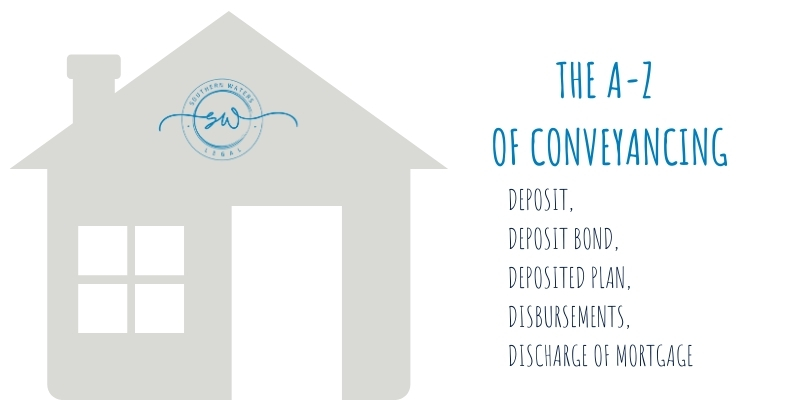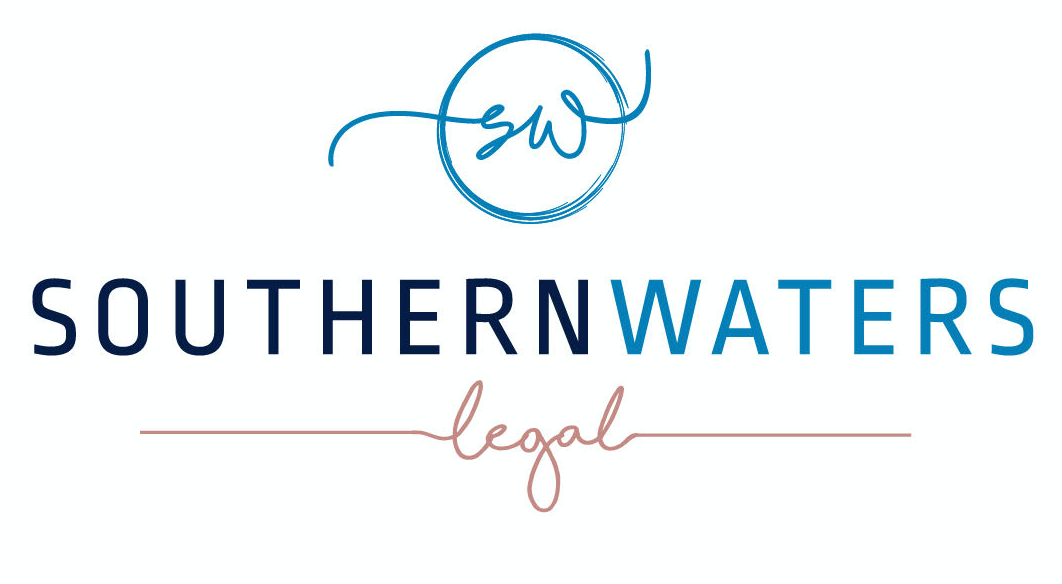
This week in the A – Z of Conveyancing, we’ll go through the commonly used terms in relation to conveyancing, looking at the letter D.
Deposit
Usually, you are required to pay a deposit of 10% of the purchase price before the contract for sale becomes unconditional. If you purchase at auction or without a cooling off period, the 10% deposit is required to be paid on the date of exchange. If you exchange under a cooling off period, an initial deposit of .25% of the purchase price is required to be paid to secure your interest in the property. Parties can negotiate on a 5% deposit if required.
Deposit Bond
A deposit bond is used by purchasers when they do not have funds for the deposit readily available to them, usually because their funds are tied up in a pending sale of a property. A deposit bond securing the 10% deposit is provided by a bank or insurer for a fee. Should the purchaser be required to forfeit their deposit the bank or insurer provides the funds to the vendor and it is their responsibility to recover the funds from the purchaser.
Deposited Plan
A plan prepared by a registered surveyor defining the legal boundaries of a property. The Plan will also show other features of the land size and shape of the property, rights of way and easements, dimensions and distances of the lot. The plan will be registered with the relevant state or territory Land Registry Office and must be attached to a Contract for Sale when selling a property.
Disbursements
Disbursements are out of pocket expenses to third parties which are connected to your property matter. These range from registration fees to fees for certificates which are required to be attached to a Contract for Sale or certificates for water rates and council rates required for your purchase and settlement fees.
Discharge of Mortgage
A Discharge of Mortgage is a document which is provided by your lender when the loan that is associated with the property is paid out. Once the loan has been paid out the Discharge document alongside the Certificate of Title is lodged for registration at the relevant state or territory Land Registry Office. A clear Certificate of Title or Electronic Certificate of title, free of the mortgage, will then be reissued to the registered proprietor/s.
For more information on the A – Z of Conveyancing check out our other posts:
The Letter A: Adjustments, Amendments, Auctions
The Letter B: Breach, Broker, Building Contract, By-Laws
The Letter C: Caveat, Certificate of Title, Community Title, Contract for Sale, Cooling off Period
The Letter E: Easement, Electronic notice of sale, Exchange, Exclusions
The Letter F: Final Inspection, Finance, Fittings & Fixtures
The Letter G: Grants, Guarantee/Guarantor, Goods and Services Tax (GST)
The Letter H: Holding Deposit, Home Loan
The Letter I: Inclusions, Inspection Reports, Insurance
The Letters J & K: Joint Tenants and Keys
The Letter L: Land Tax, Lease, Lenders Mortgage Insurance, LRV – Loan to Value Ratio
The Letter M: Mortgage, Mortgagor, Mortgagee.
The Letter N: Negotiations, Notice of Rescission, Notice to Complete
The Letter O: Occupation Certificate, Off the Plan, Open House, Owners Corporation
The Letter P: Penalty Interest, PEXA, Principal place of residence, Proprietor
The Letter Q & R: Quiet enjoyment, Registration, Requisitions on Title, Rescission, Reserve price


